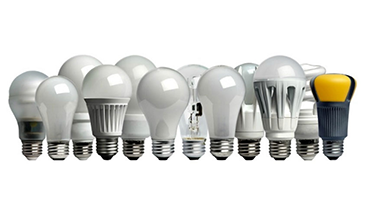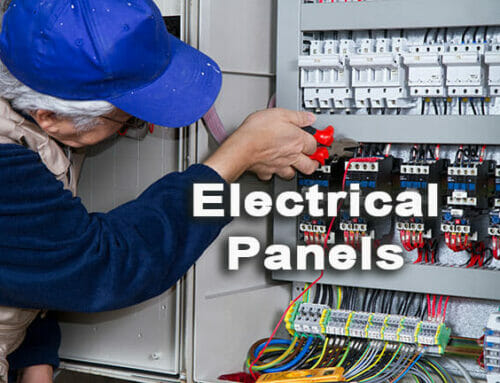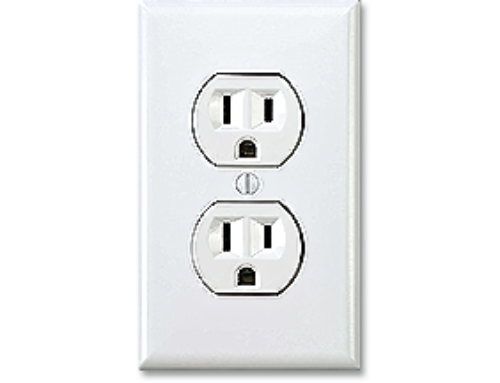When you buy a new house, the first question arises: Which type of bulb should be used? Gone are the days when bulbs and tube lights were just used to have enough light. Now, different kinds of bulbs emit different colors of light. Lights in the house are expected to enhance the ‘look and feel of the home. Other factors can play a role when choosing a bulb. Some of the prominent elements are as follows:
Types of residential LED lighting: Three types of residential lighting are used in our day-to-day lives: the CFL (Compact Fluorescent lamp), halogens, and LED Light Bulbs. LED is the best right now, and they have the best energy consumption and length of life.
Color temperature: Many people don’t understand the Kelvin scale. That’s the color temperature of the light. Some people know they want bright white because some can see better. Others think they want warm white because the bright light “hurts” their eyes. Interior decorators will tell you that warm white light should be used in living areas. Bright white lights should be used in work areas. With warm light, you must add more lights to see well. You can have fewer lights to meet your lighting needs with bright light. LED light bulbs come in a full range of color temperatures. Different areas of the house need different kinds of bulbs. An office and kitchen will need bulbs that have bright light. The bedroom and living room should have bulbs with a warmer color and a lower brightness.
- Cost: Cost-wise, LEDs are cheaper than CFLs and halogens. The cost of bulbs differs from the wattage. But, when the longevity factor of the bulb, the price of LED bulbs is relatively low. An LED bulb can last anywhere from 20,000 to 50,000 hours. This is longer than any other kind of bulb available on the market.
- Life Expectancy: All bulbs have different life expectancies. LED bulbs have the best life expectancy. They exceed CFL, halogen, and incandescent bulbs. Bulbs have a life expectancy on the backside of it or the packaging. You need to check it.
- Mercury level in the bulb: Mercury is a dangerous element for the human body. The Mercury level in bulbs should be checked when purchasing them. If it is high, then it should be disposed of carefully.
- Colour Rendering Index (CRI): CRI reflects the true colors of different objects. How well do you see the accurate red color in apples or green in Pears? Incandescent bulbs and halogens have higher CRI above 90, whereas LEDs have CRI in the 80’s range. So after evaluating all the pros and cons, you can select the bulb.
- Fixtures: You need to decide how you will choose those bulbs. Some of the bulbs can be directly mounted on the ceiling. If you want to enhance the look of your house, then you can use recessed lights. They look attractive and can be placed in most rooms of your home. You can use Pendant lights and chandeliers to make your rooms look more beautiful. If you habitually read at night before sleeping, you can put a table lamp beside it.
- Brand: Finally, you should always go for a brand with an excellent reputation in the market. Some popular brands also give a warranty on their products.
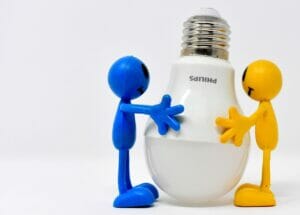 Energy-Efficient Bulbs
Energy-Efficient Bulbs
The most cost-effective investment is to replace incandescent bulbs with LED light bulbs. Here is a remarkable statistic. You can save $75 annually by replacing the five most-used lights with energy-efficient bulbs.
Advantages
- Typically use between 25%-80% less energy than traditional incandescents.
- It Will last 3-25 times longer.
- The electricity used by an incandescent bulb costs 5 to 10 times the bulb’s purchase price.
- LED bulbs have saved hundreds of millions of tons of greenhouse gases.
LED Fluorescent Bulbs
LED lighting technology now offers replacement bulbs for fluorescent bulbs. The initial replacement costs of tube LED bulbs will be higher. You will find the energy savings and longevity that pay for those upfront costs. Linear LED tube bulbs are plug-and-play in fluorescent fixtures. Simply remove the fluorescent bulb and plug in the LED replacement.
LED replacement lamps are 30% more efficient than fluorescent bulbs. If you spend $10,000 on light energy annually, your bill will drop by $3,000. 4-foot LED fluorescent bulbs are available with 12 watts of power consumption, and fluorescent bulbs will start at 25 watts.
Xenon vs. LED Light Bulbs
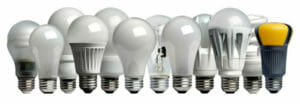 Xenon light bulbs are in the same family as incandescent lights. They are common in medical lighting applications. They are also used for film projection, surgical, scientific lighting, and automotive. They are three times brighter than standard halogen bulbs. These bulbs provide a more efficient alternative to halogen in many uses. This includes surgical lighting applications and other halogen lamps in stage & studio lighting.
Xenon light bulbs are in the same family as incandescent lights. They are common in medical lighting applications. They are also used for film projection, surgical, scientific lighting, and automotive. They are three times brighter than standard halogen bulbs. These bulbs provide a more efficient alternative to halogen in many uses. This includes surgical lighting applications and other halogen lamps in stage & studio lighting.
What makes these light bulbs different? They use a minimal amount of xenon gas inside the glass envelope. The gas extends the light bulb’s life, making it more efficient and producing more light with less energy.
So, xenon light bulbs are pretty great. They do not beat out LEDs. LEDs are the lights with the longest-rated life. They use the least energy, and they are the most durable.
The initial price is more than traditional incandescents (but dropping fast). These bulbs make up for your investment by costing less to operate. The savings over the bulb’s life far exceed your initial extra cost. This, combined with the longevity of the bulbs, makes your choice a no-brainer. Redhawk Murrieta Electricians are the electrician near me.

